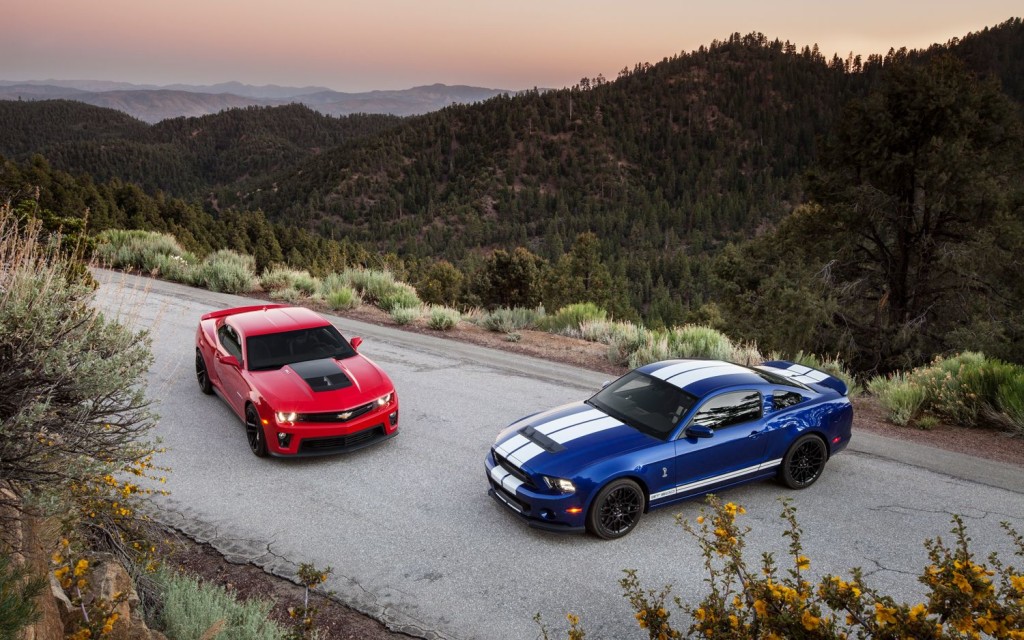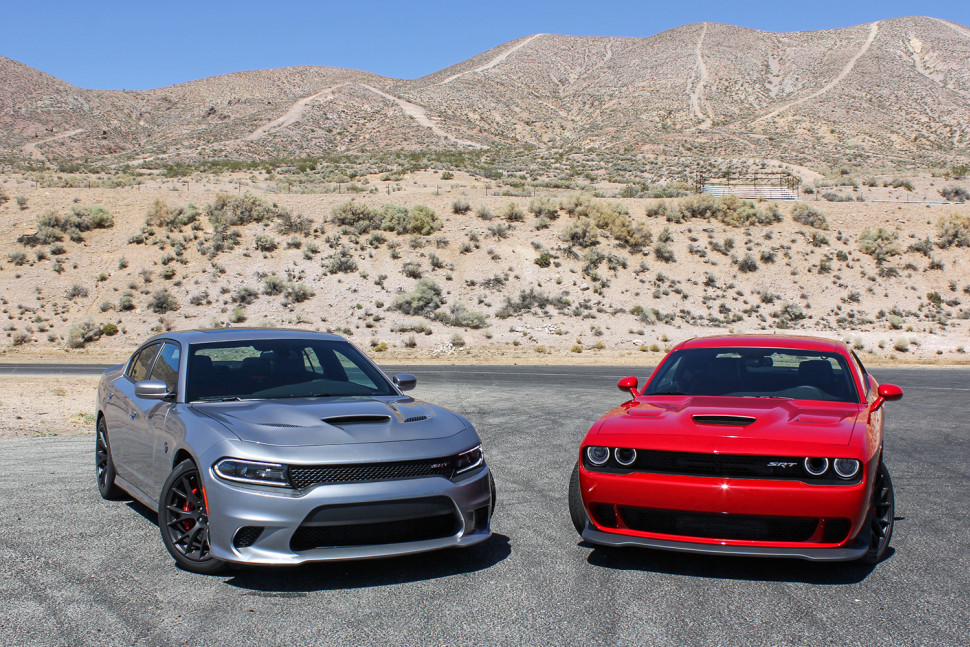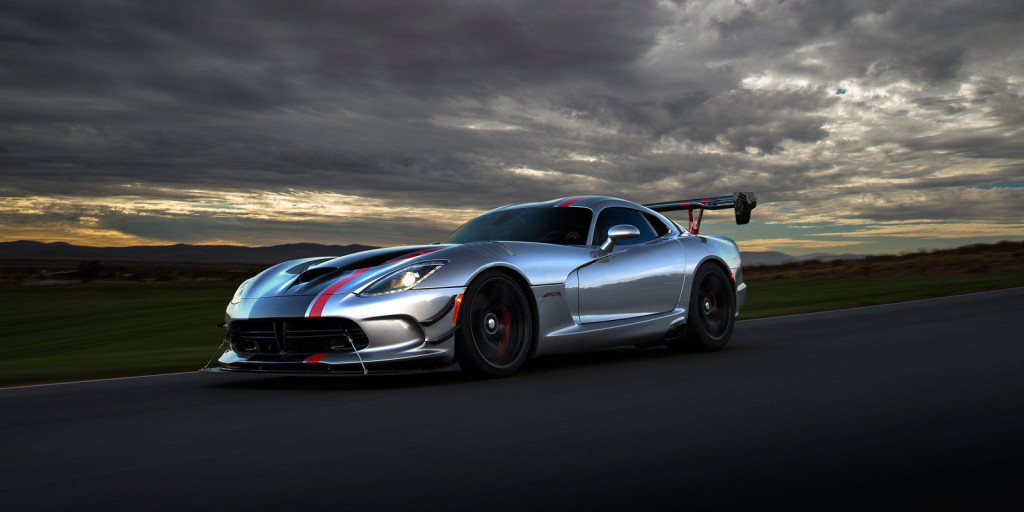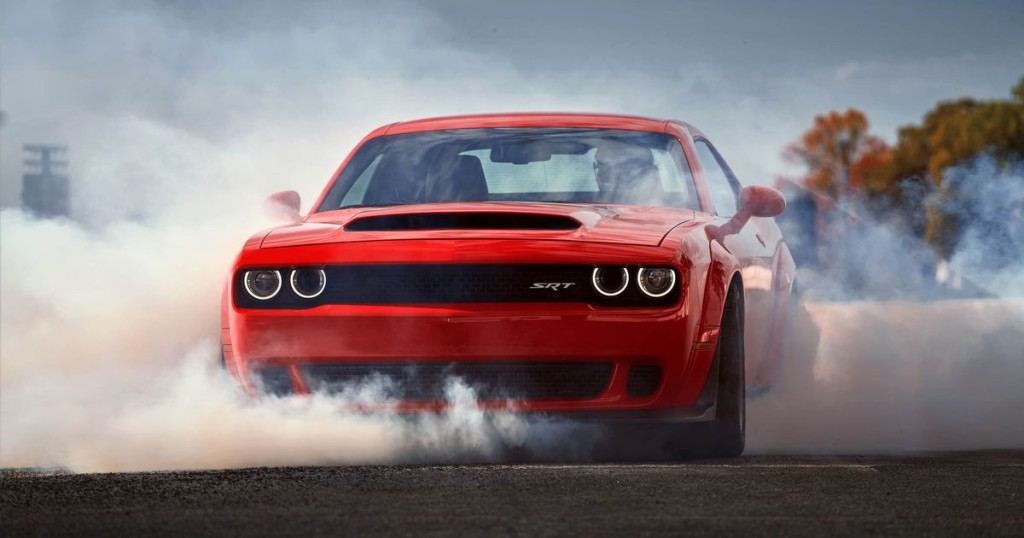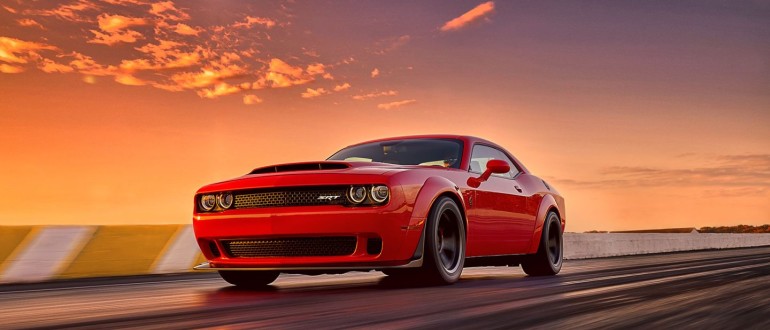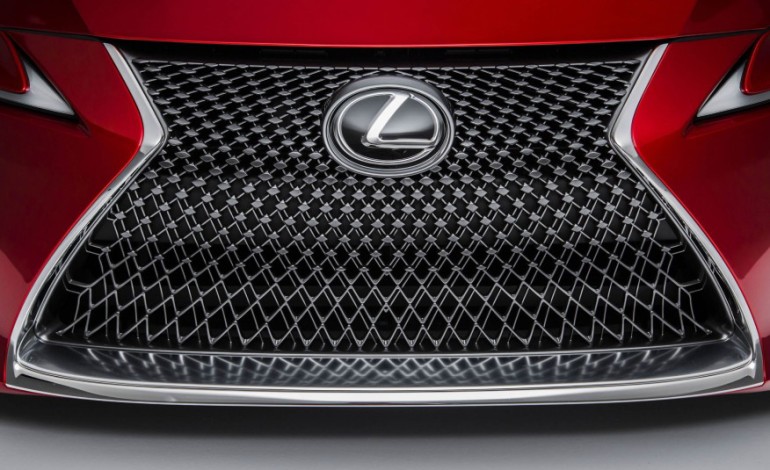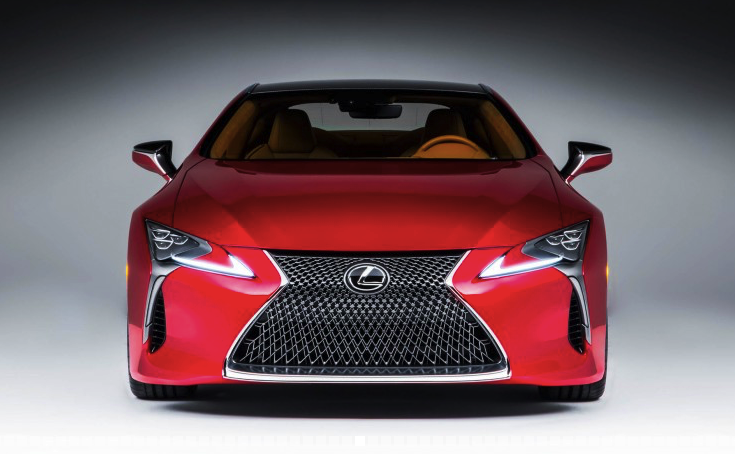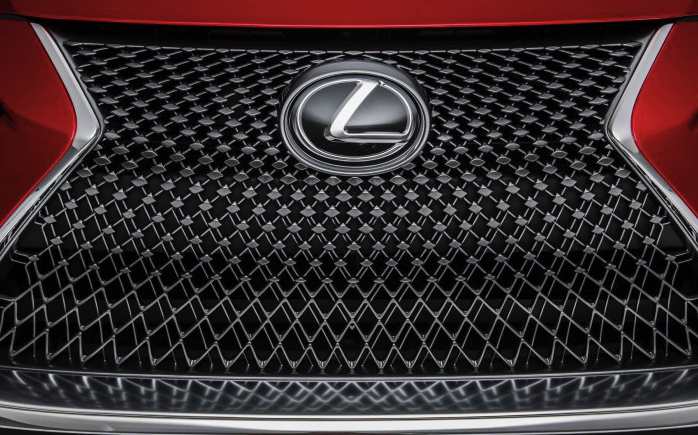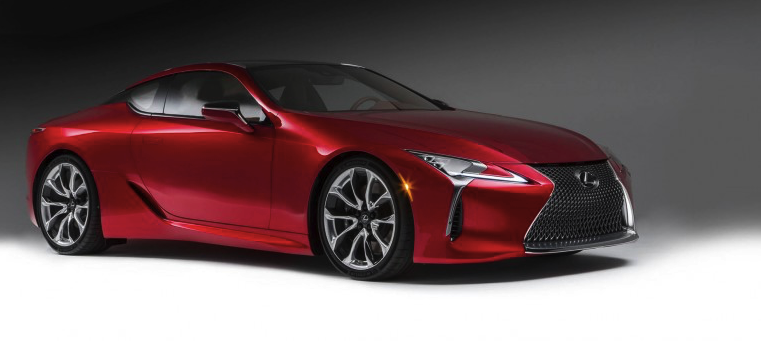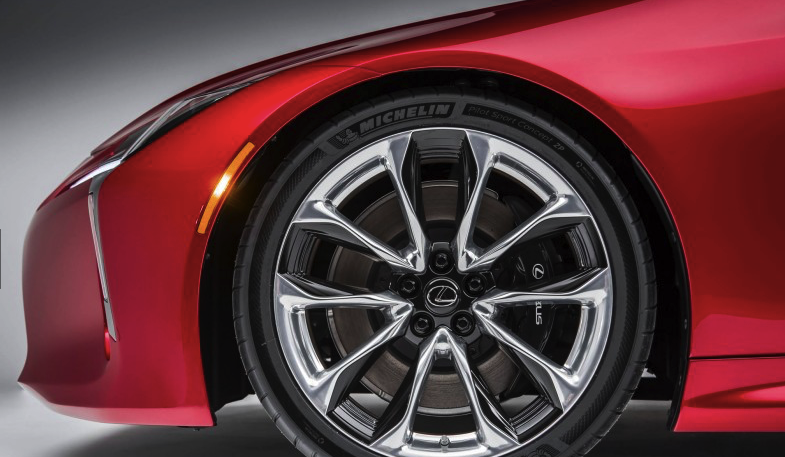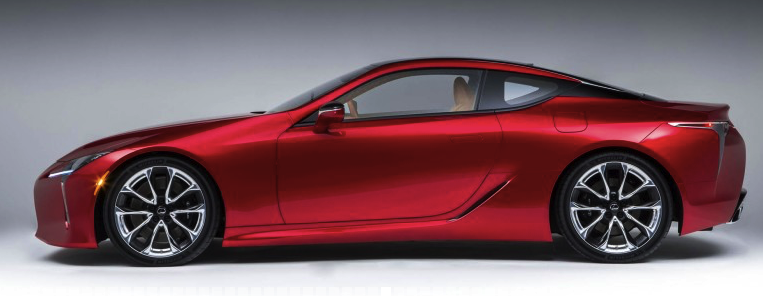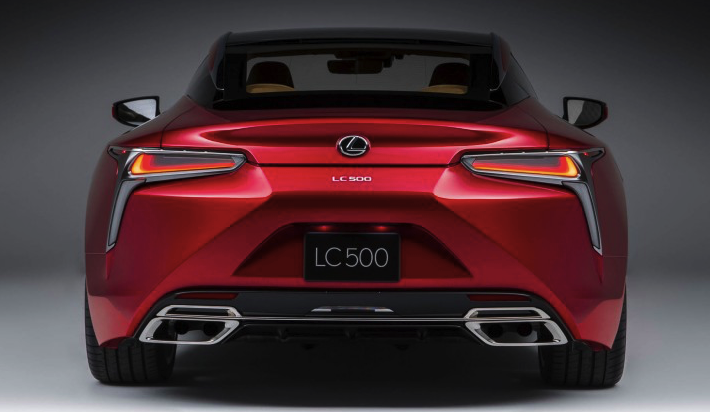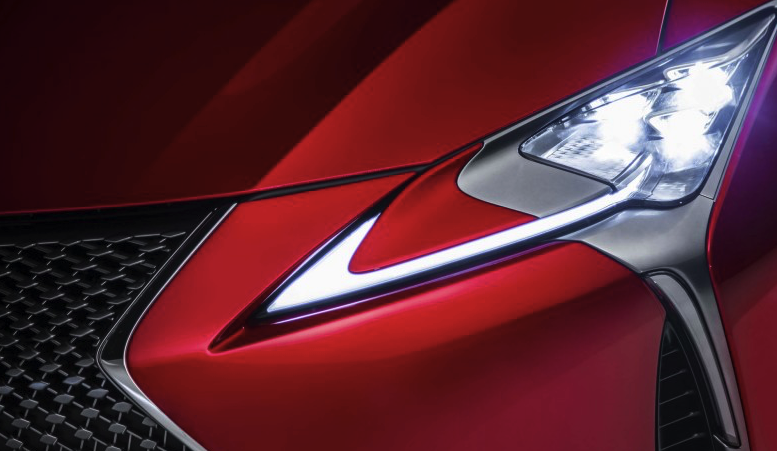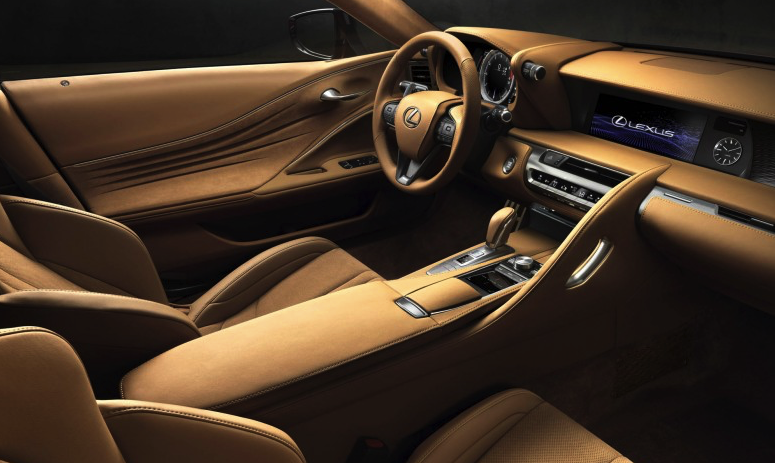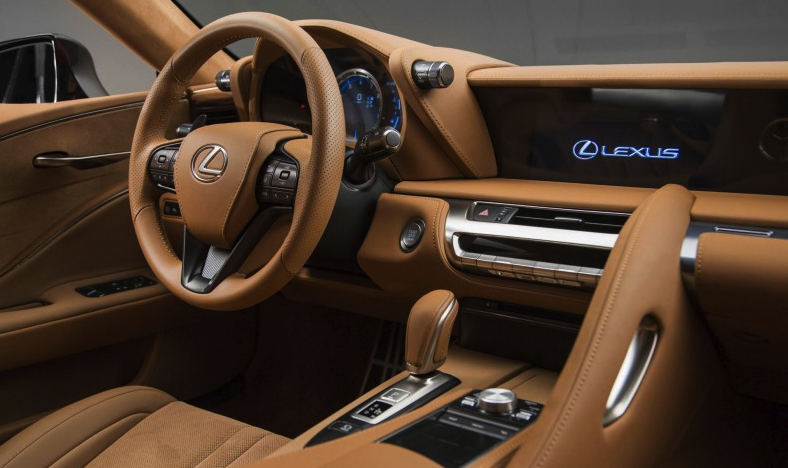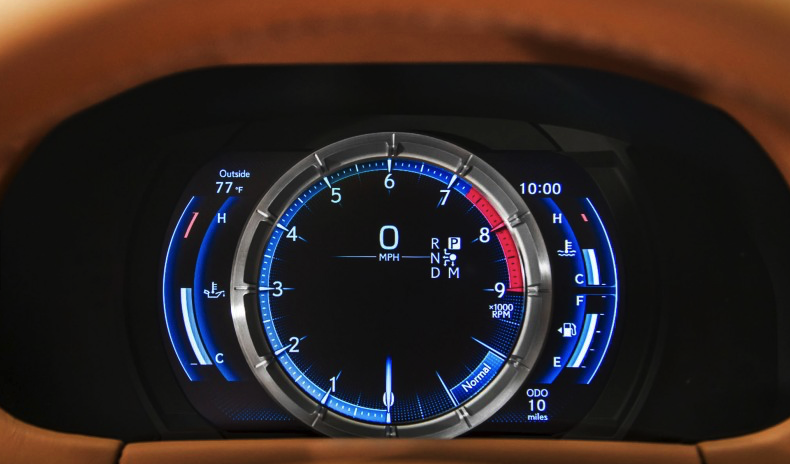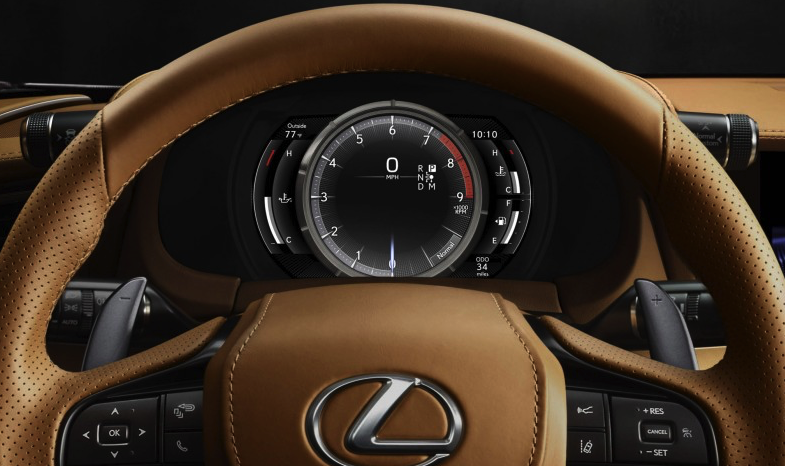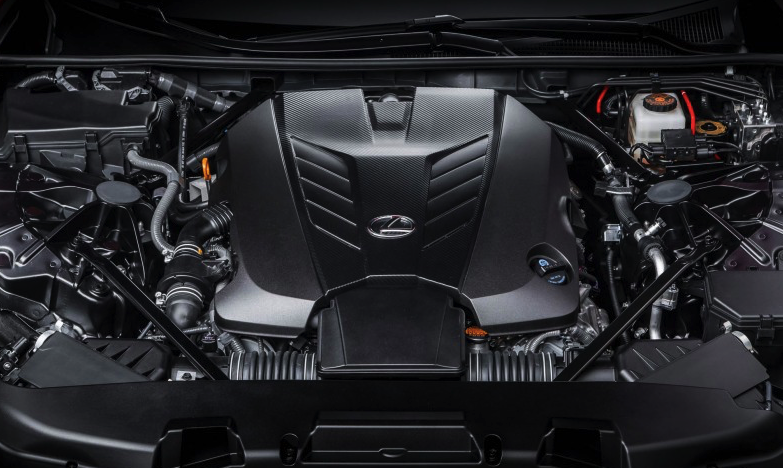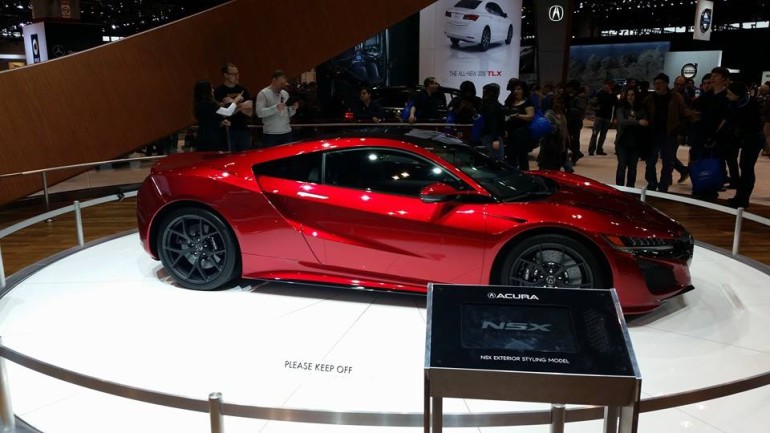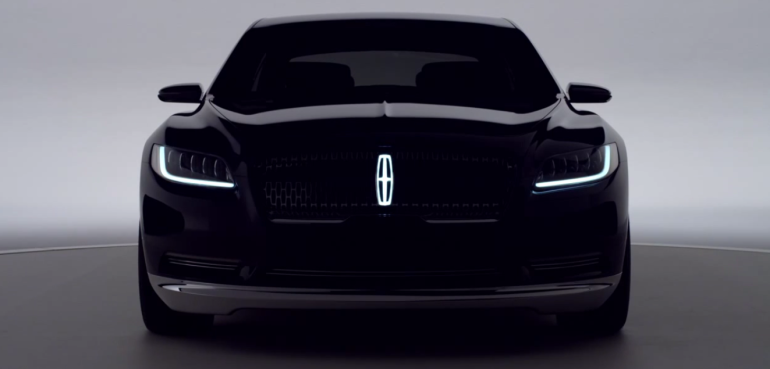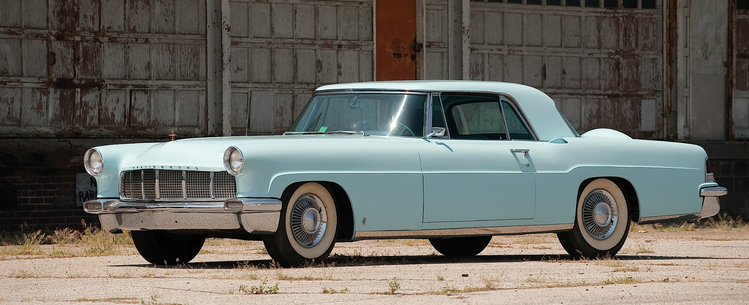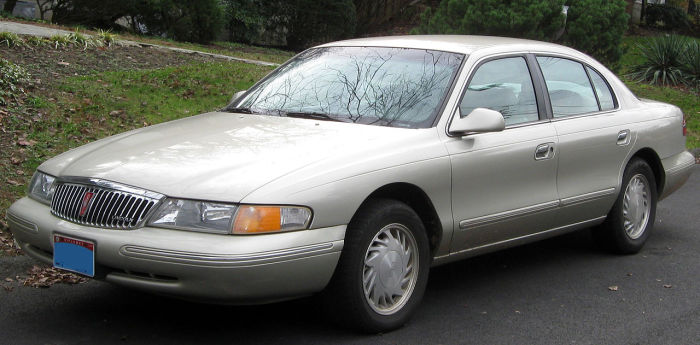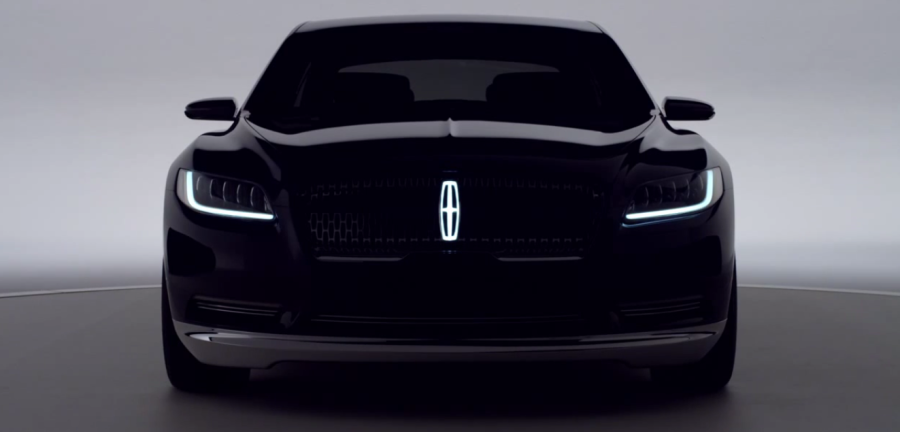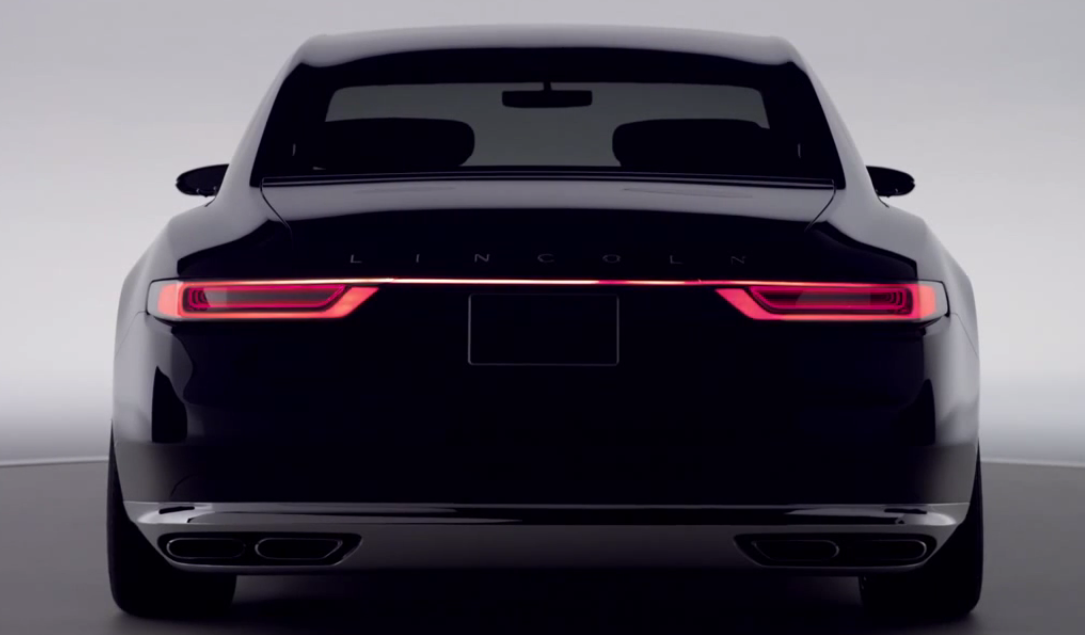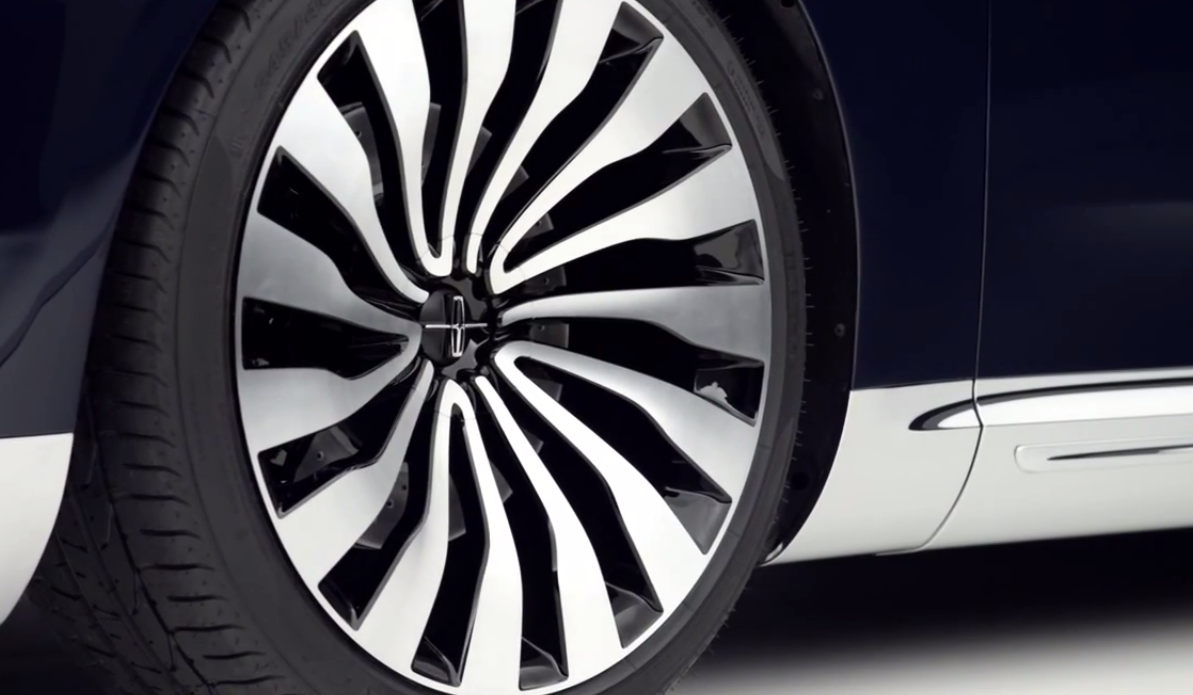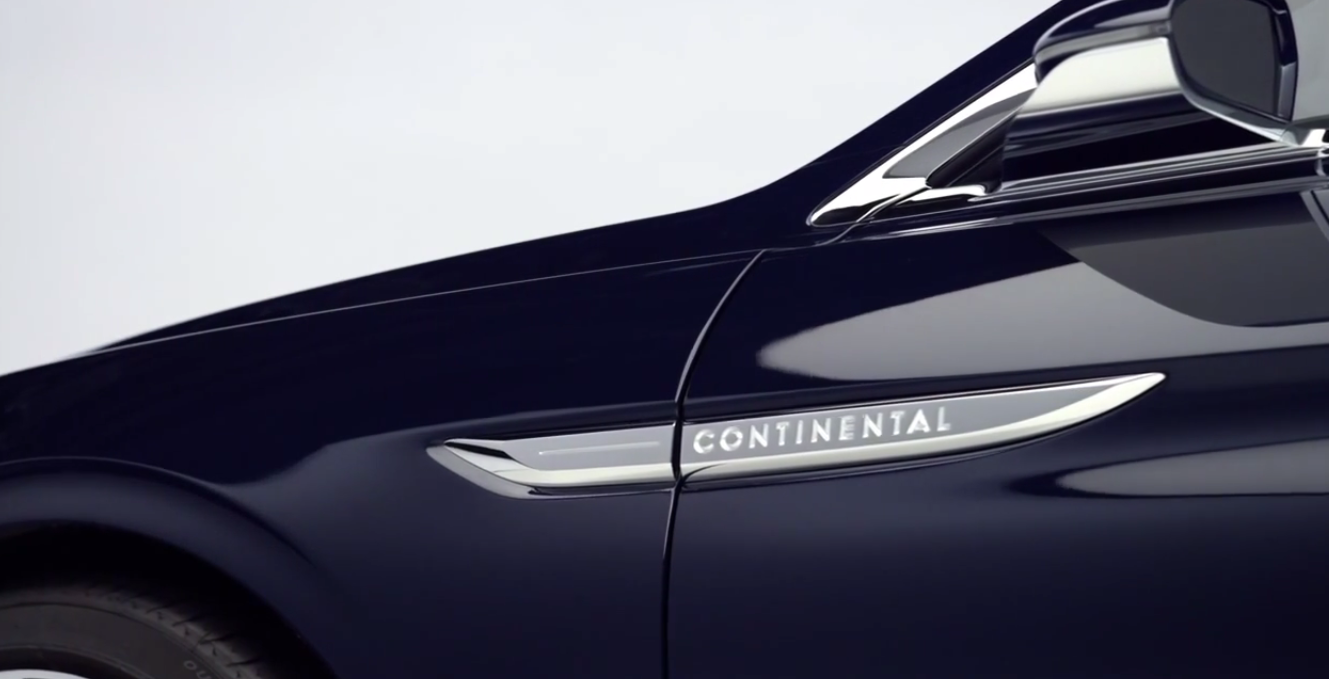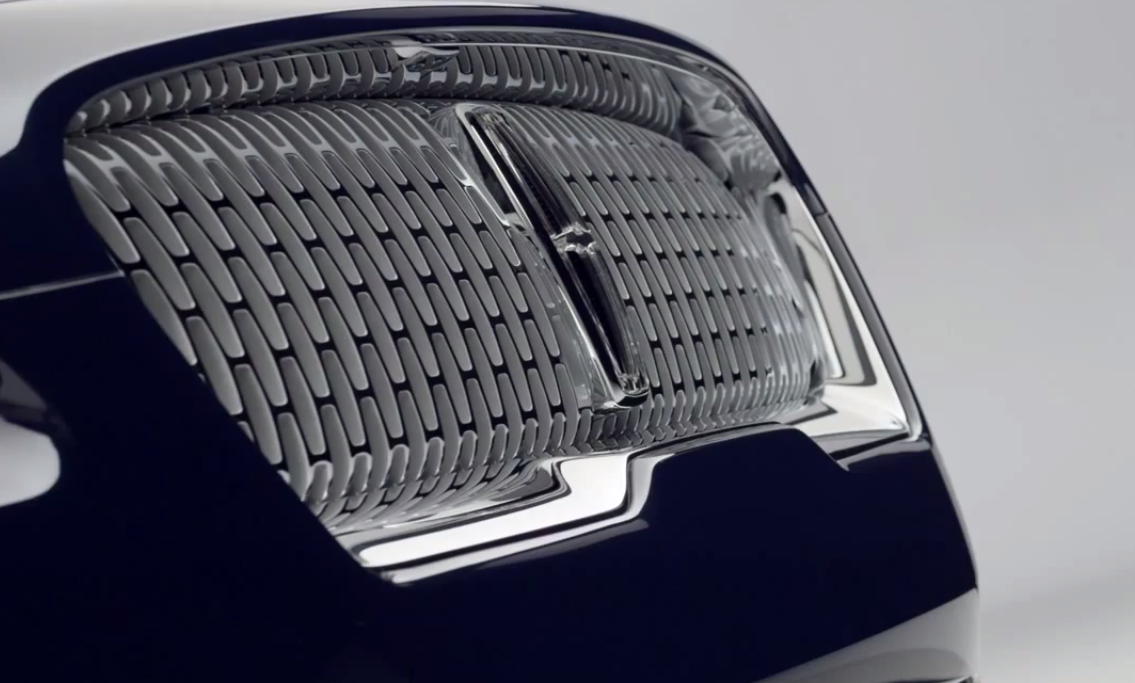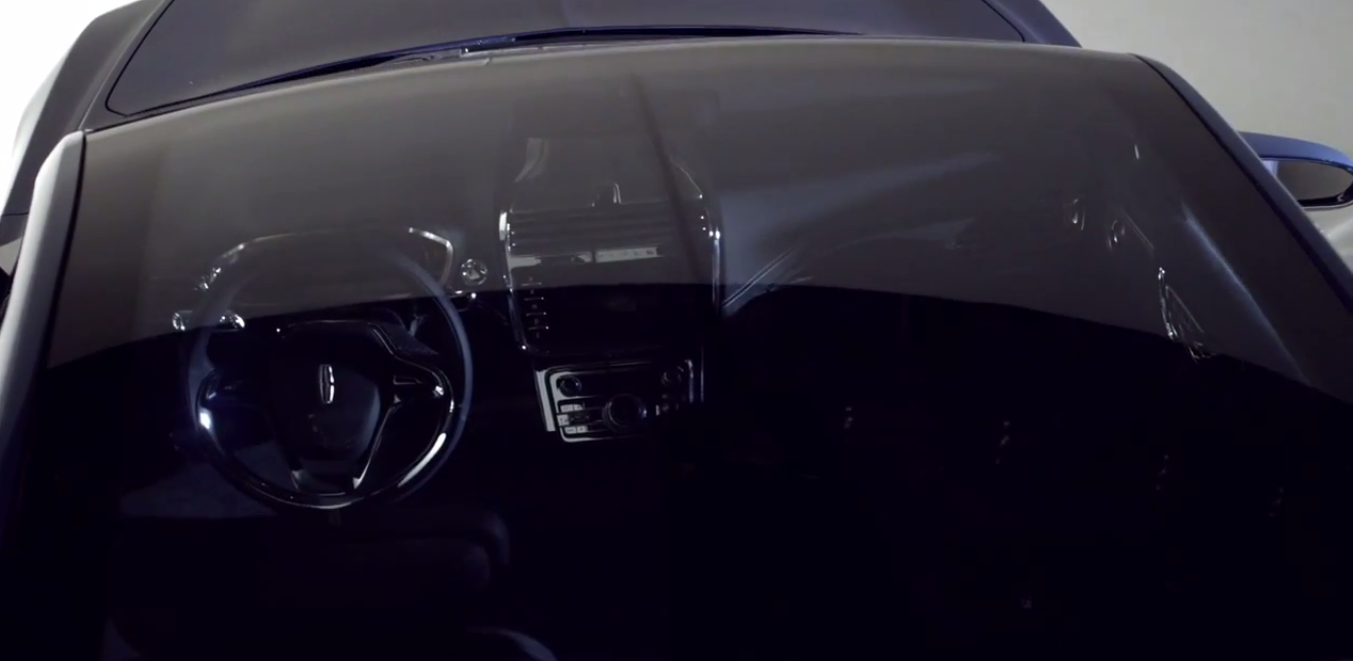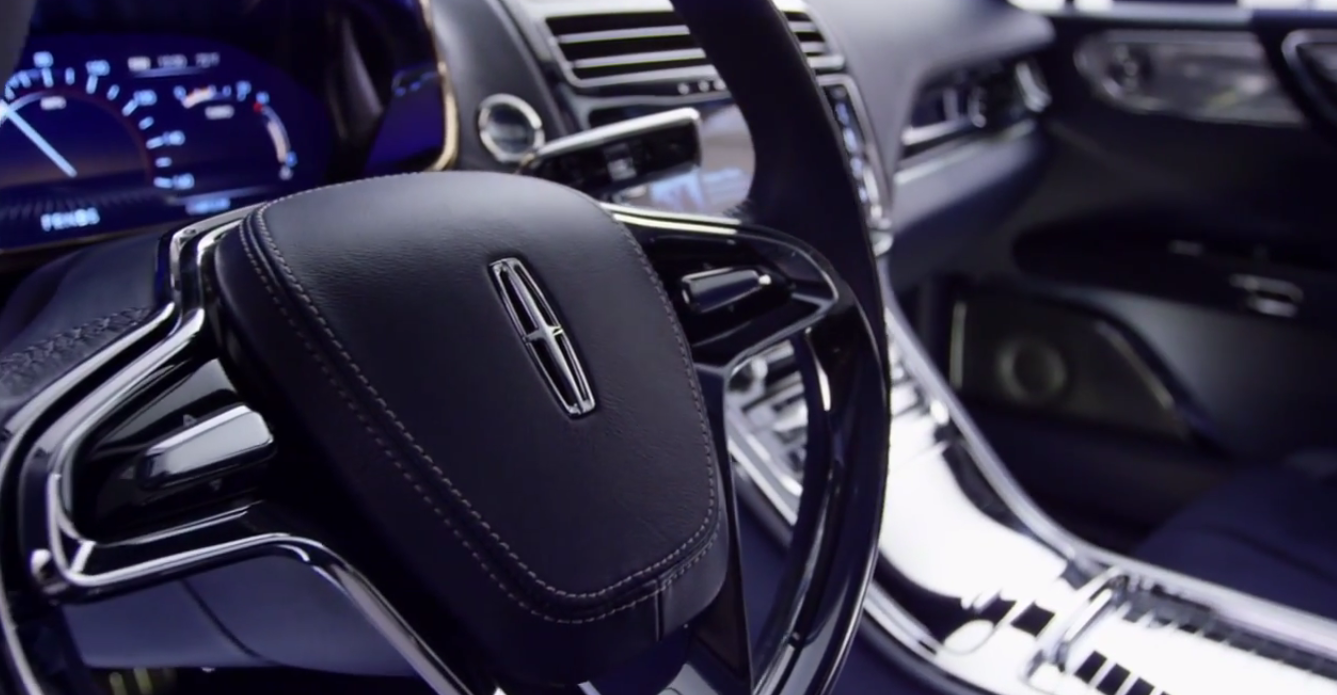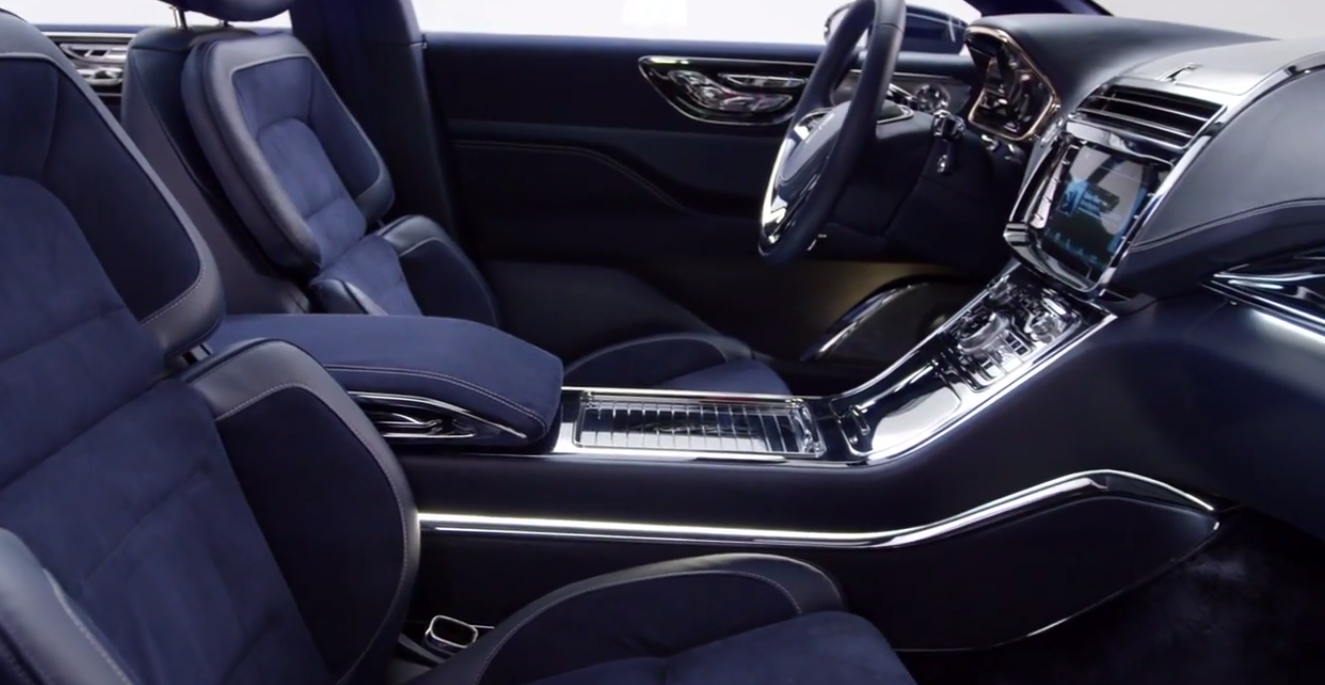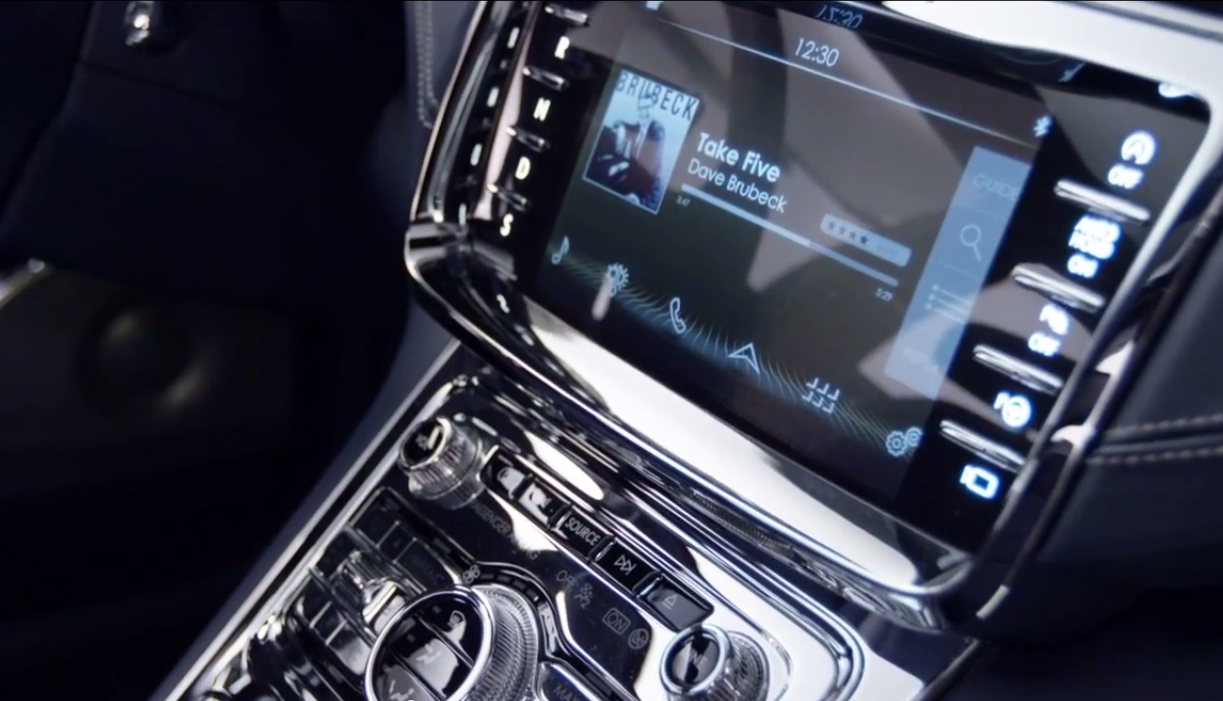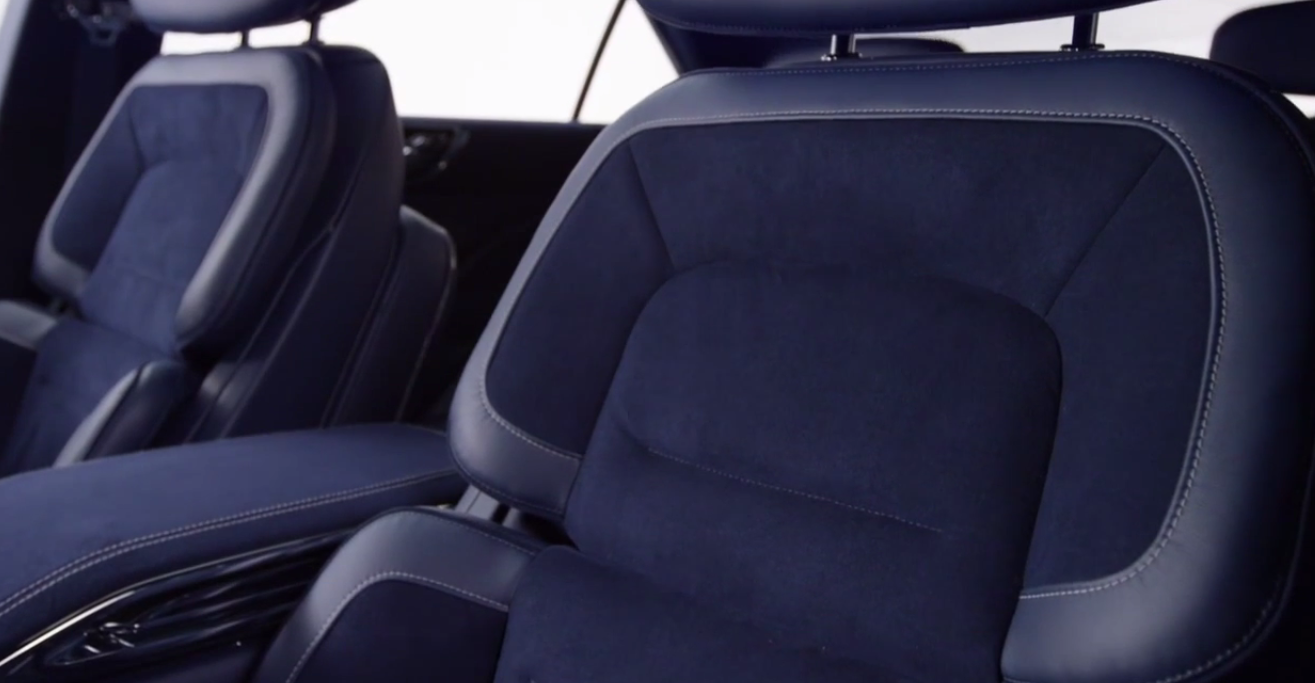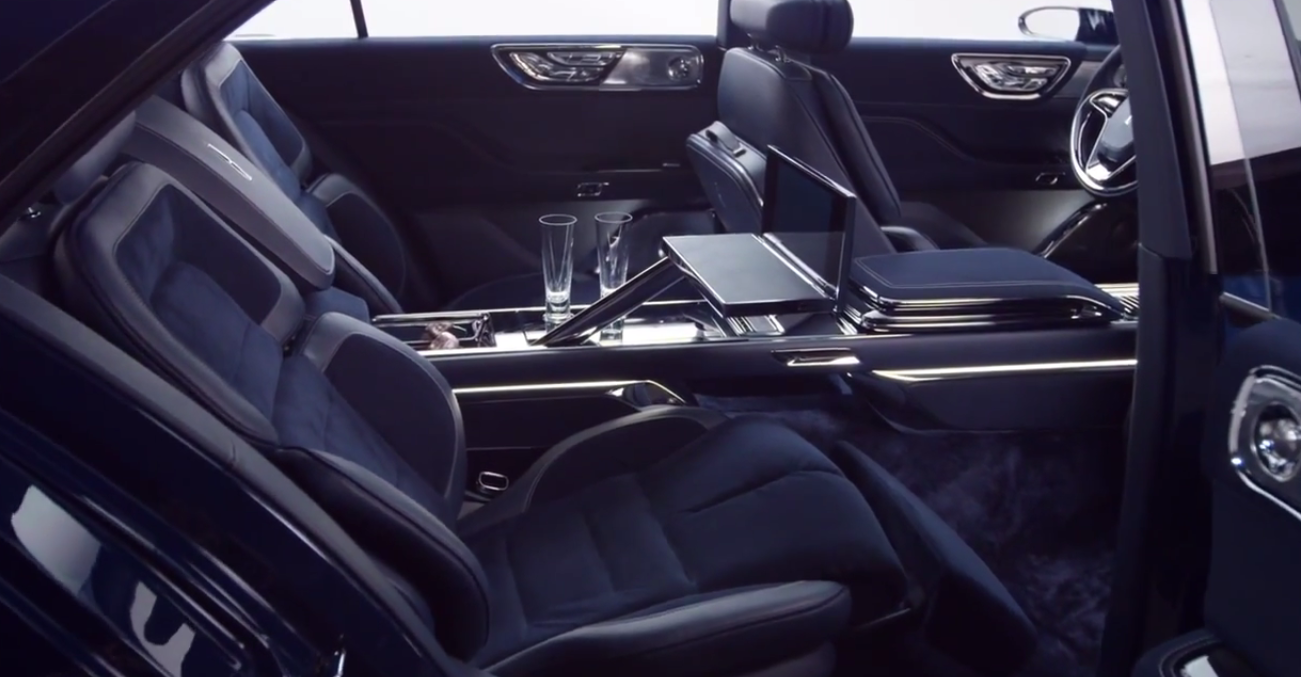Okay, so we’ve heard this debate thousands of times by now, and yet you’re going to hear another one.
Opinions are like assholes, right? We all have them, but that’s what makes us individuals. I won’t shy away from it, and neither should you, dear readers!
For today’s discussion, I’ll start by talking about the “new” 2016 Acura NSX, but before that, I’d like to cover a brief history lesson.
(Gen 1 NSX) History Lesson:
The nameplate, for the majority of my automotive brethren, is sacred. The acronym NSX–”New Sportscar Experimental”–is to the automotive kingdom what the iPhone is to the foundation of modern mobile communication. It symbolizes something far greater than just any plain, off-the-shelf sports car cooked up with a firm’s leftover parts and crazed, if not drunken engineers. This name doesn’t represent something that was half-assed or chopped down by corporate bean cutters, rather it reminds us of what is capable when shear rationality and passion are injected into the core function of a project.
For Honda, this is what the original NSX was. It was their ability to change the way the world viewed high performance sports cars. Thumbing your nose at high-end marques like Ferrari and Lotus was no easy feat, yet it was made so by the one car that nearly defeated them.
This:
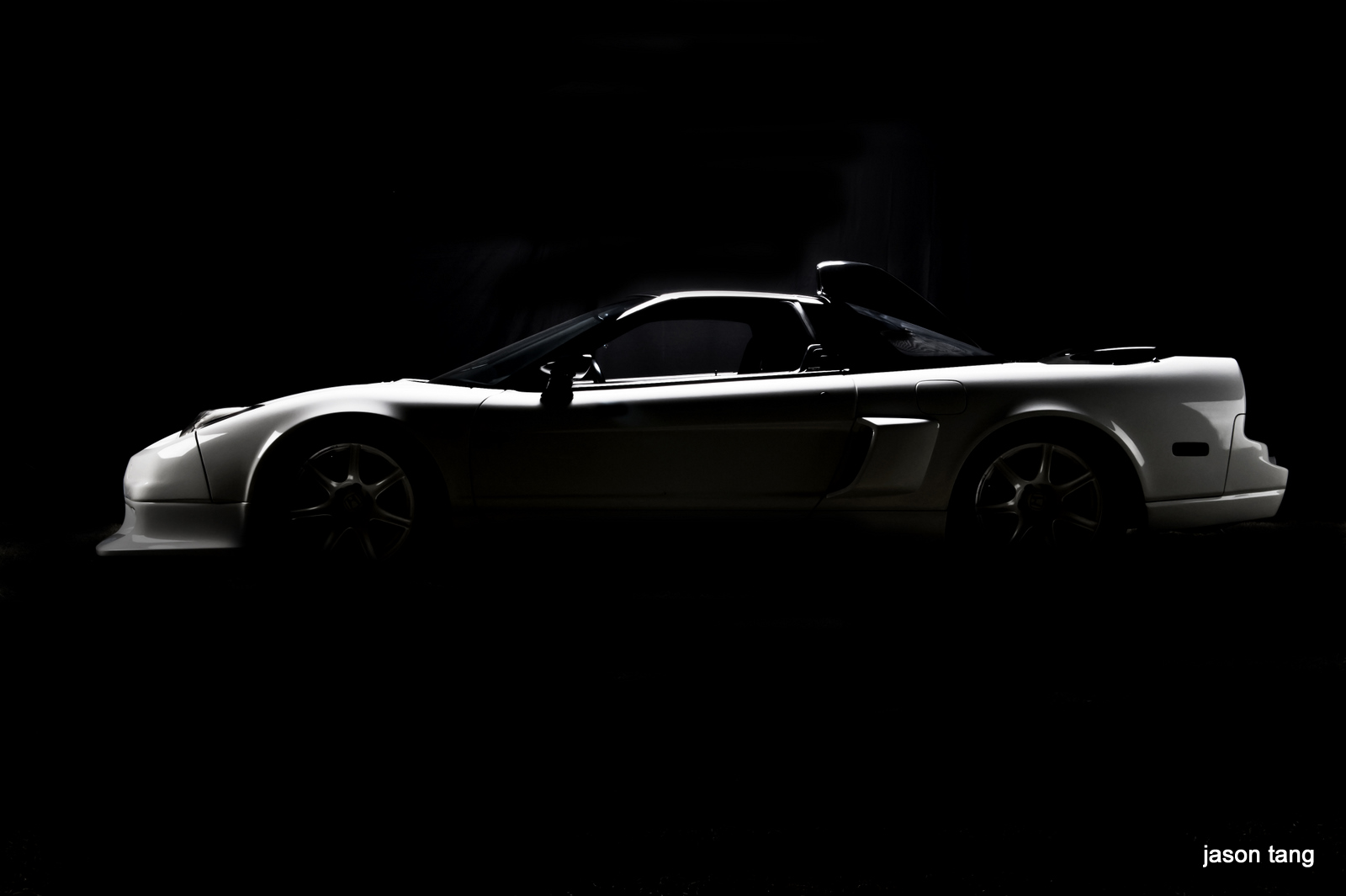
(photo courtesy of Jason Tang)
This car was a working embellishment of simplicity and prime engineering, where automotive passion and gumption ruled clearly over all other opposing variables. Considering that the legendary Ayrton Senna played a major role in its chassis development, there is no wonder regarding the lengths that Honda went to in order to achieve their goal. In all, to me–and to a slew of others–this car stands as one of the most sharply identifiable outcomes of what can be done if the determination and willpower run continuously in sync.
To take note that the car was originally designed to target the Ferrari 328–and later 348, all while achieving far superior comfort, reliability, and lower cost, it pales to declare that a simple “mission accomplished” banner be affixed to the peak of its reign as king.
I know, I know, the car was met with widespread acclaim following its release in 1990, where it proceeded to quickly kick the ass of anything within its competitive range. It slayed Corvettes, slaughtered Porsches, downed Ferraris, and practically spelled an end to Lotus. The scope of this car’s influence was a direct result of no one component or performance characteristic, but rather a composition of its entirety as an absolutely wonderful no-frills car.
It shifted an entire paradigm, out of nowhere! Within months of its launch, it became the target of every enemy that still had the power left to fight. This car taught us that we should expect far more from our automobiles than just excellence at once key category. Before this, a car could either go fast, turn well, be comfortable, sip gasoline, or not burden its owner with frequent calls to a tow truck–but a car that could do more than two or three of things at once was considered a unicorn.
Just think about it: at one time, there was a firm a ideology that a car was only capable of doing perhaps a few things greatly. This car changed all of that.
Today, we take advantage of the fact that an average plebian vehicle can be astoundingly dependable, efficient, spacious, comfortable, and good looking–yet at the same time, we can hop into its driver’s seat and post numbers that would flat-out embarrass practically anything just 20 to 30 years ago. This is the world we live in, and while a good majority of you will likely hop into the pedestal and downplay the original NSX for its paltry 270 horsepower 3.0 liter V6 engine, or dinky wheels and tires, or the fact that Honda opted to let the car slowly wither away into obsolescence once its competitors adapted and returned to the ring swinging with new punches–lest we not forget how everything that we have in today’s performance automobiles is a likely a result of the hard lesson learned when the 1990 Honda NSX rolled through the lobby of the Automotive Kingdom, and laid waste to everyone simultaneously.
You guys and gals should really rethink your appreciation for this car, because were it not for Ken Okuyama, Masata Nakano, Sigeru Uehara, Aryton Senna, and the entire development team–your lovely and seemingly all capable sports car, or family sports sedan would likely still be something very similar to the pathetic malaise-era cruisers of yore.
Just take a look (photos courtesy of Jason Tang):

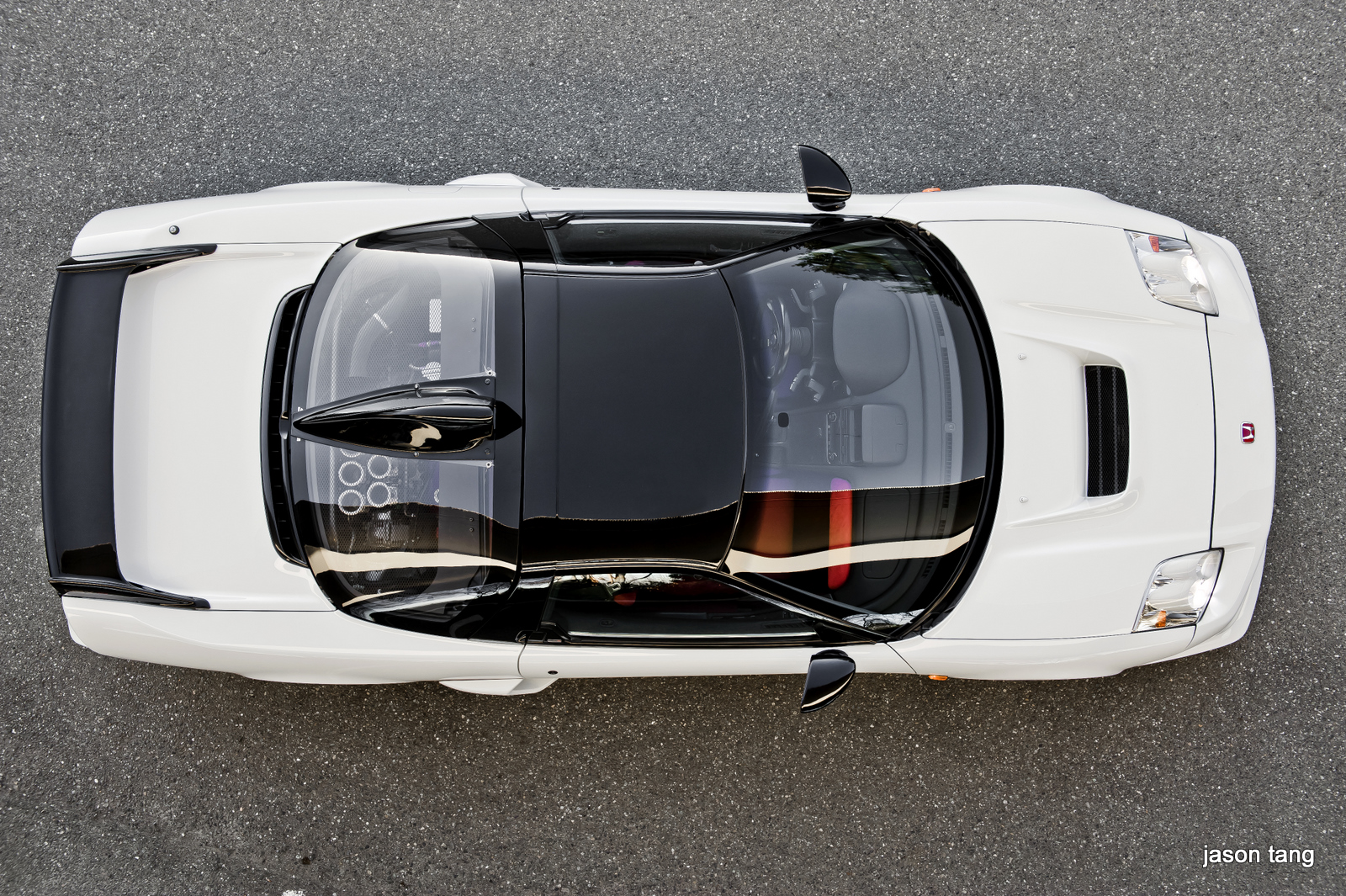
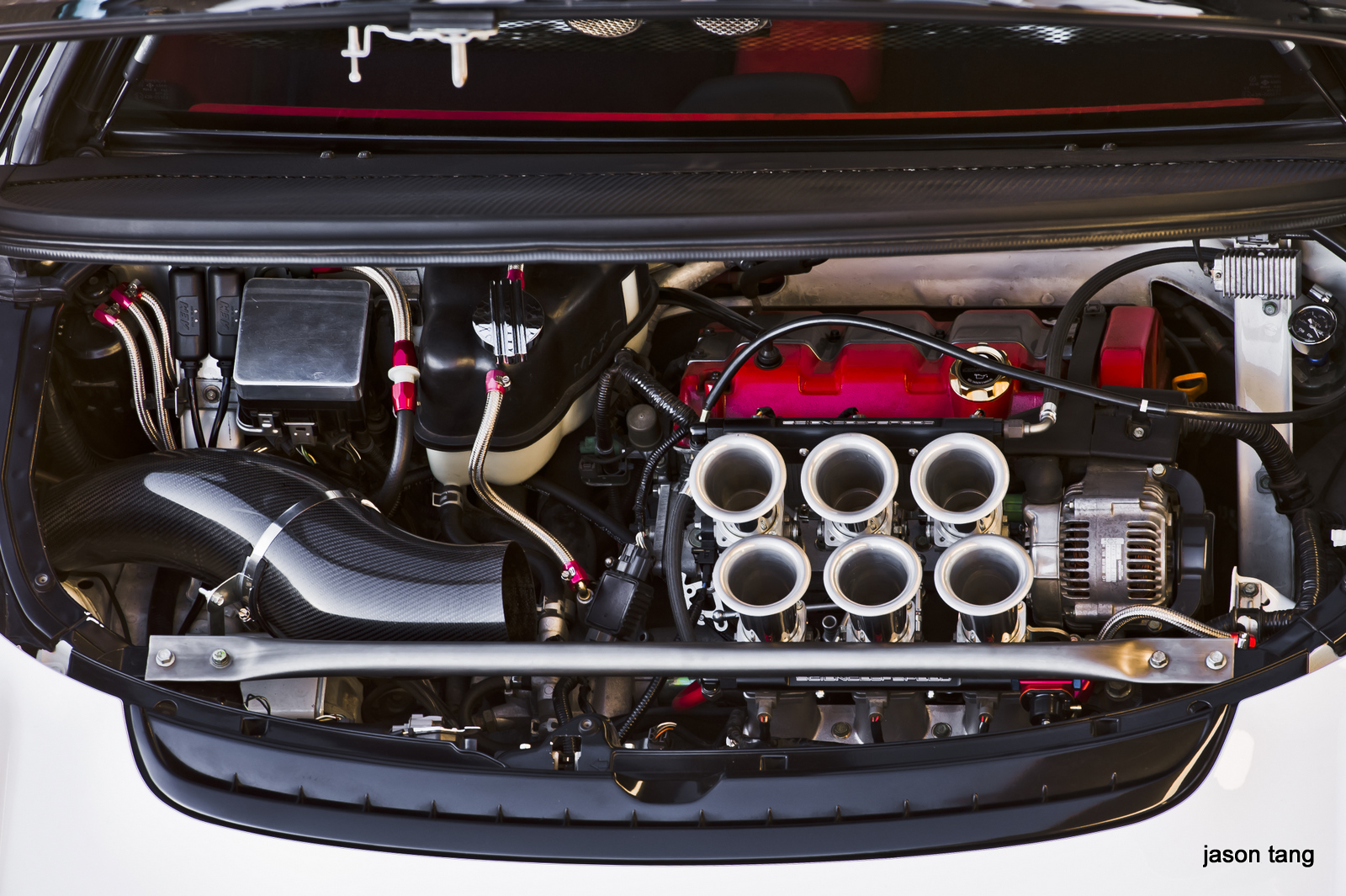
(Gen 2 NSX) Overview:
Okay, so I’m done spewing out my obvious opinion that the 1st generation car should very rightfully be exalted into automotive god-status. We all know this, or at least we all should. It’s simply a fact of automotive history, whether you like it it not–which precisely leads me into the following criticisms of the upcoming 2016 model.
Yeah, this thing:
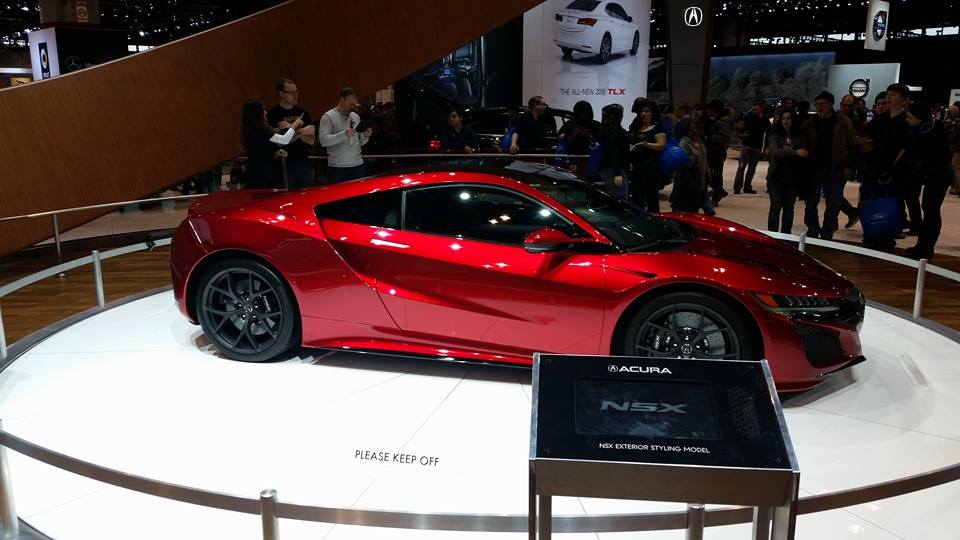
The same car I casually glanced at as I strolled through the fawning crowds at the McCormick Place on Valentine’s Day 2015 during the Chicago Auto Show. Compared to other vehicles recently released at the show, I found the crowd around this thing to be particularly indifferent. Sure, there were the obligatory group of gawking 14-year-old boys anxious to pilot one in a forthcoming edition of Forza Motorsport, but I stood there with a frown on my face–unperturbed by the spec sheet.
I’ll try my best to not even get into the fact that the car (and its current overall design) has been teased to the public since 2008. Yeah, Tony Stark drove one, but I probably shouldn’t mention that I loathed The Avengers.
So, I finally stood in front of the 2016 NSX, in the flesh.
One of my car buddies seemed anxious to see if it changed my opinion to see the car in person.

No. The tune did not change.
Immediately, I found three problems, and all of them stiffened my resolve to largely stand against it.
[1] It’s ugly.
Yes, I said it. The new NSX is yet another poor victim slain by Honda’s atrocious design bureau that thinks that “beauty” appears to be nothing more than drawing a bunch of lines that randomly intersect each other and otherwise share no common design schema. I know that beauty is purely subjective, but come on!
What happened to the sophisticated, but tasteful styling repertoire that the Gen 1 model used to capture the adoration of everyone?
The side profile is by far the best view of the car, but even still, why so many lines?! 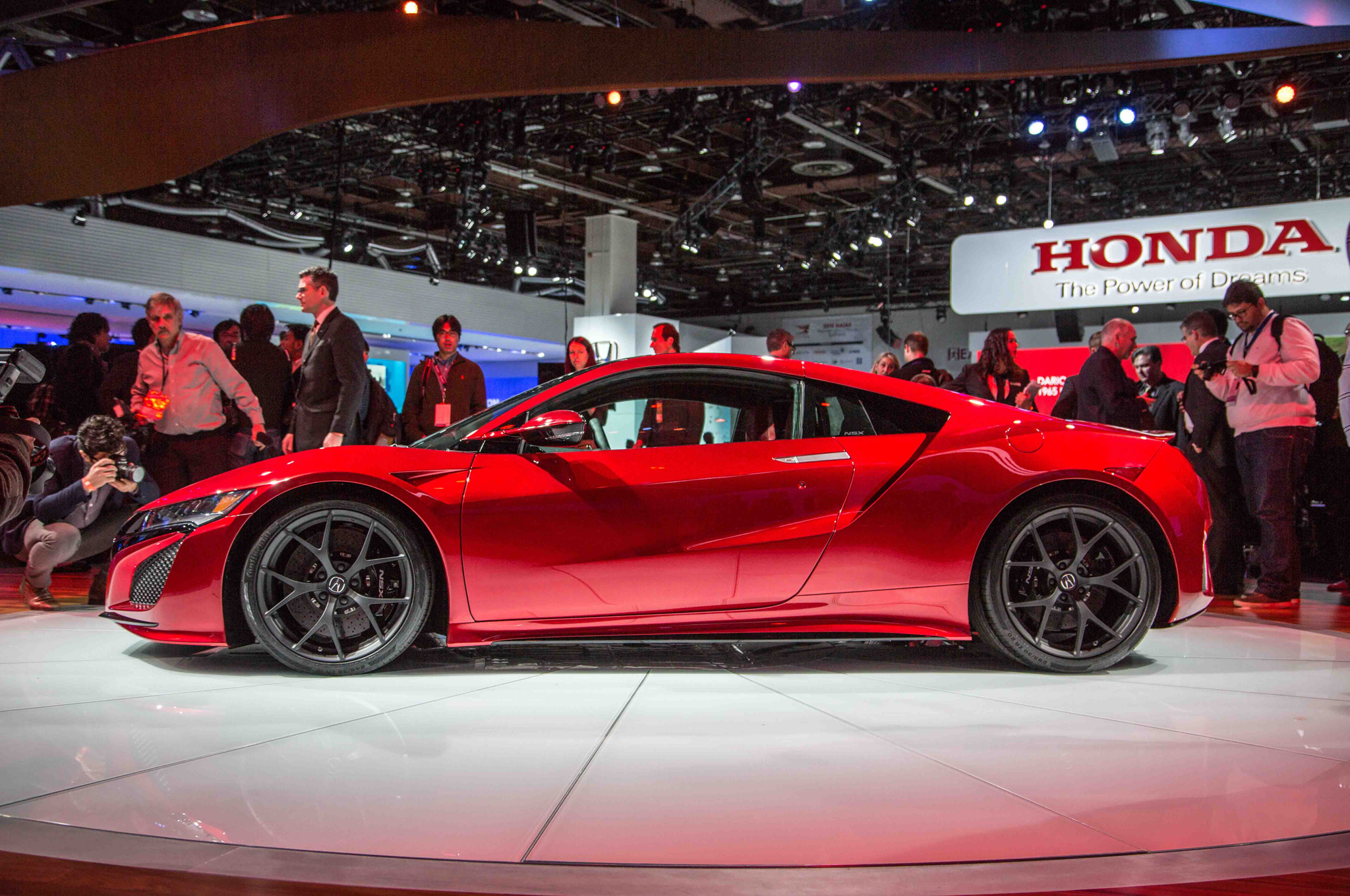
And then you reach the front. Oh god, what happened to this thing?
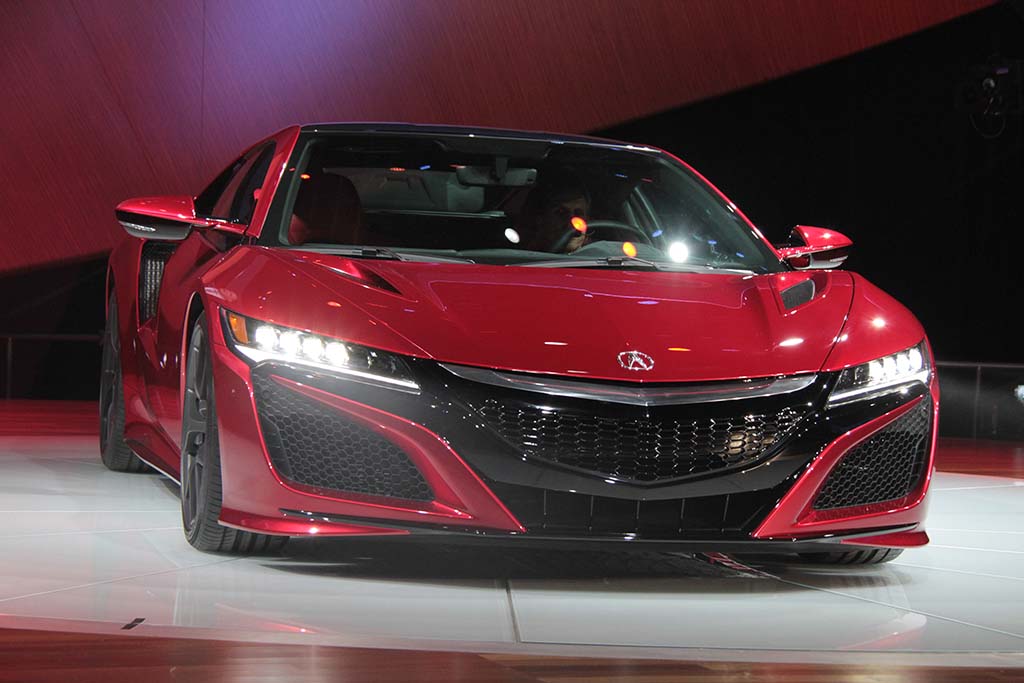
It’s like a bad dream that haunts me incessantly. I simply cannot stomach the fact that they took what is arguably one of the best cars in the history of the automobile, used its name and everything that stands behind the name, and somehow came up with this.
There are grilles in random places as well unusual gaps between them, and a weird black panel flanking what I guess is the “main grille” feature of the front. Straddling this geometry on both sides are the characteristically unusual–but steadfastly recognizable headlights that seem to adorn every Acura product that has been hit with the same ugly stick. The designers even included the infamous “duckbill” chrome platypus contraption on the breadth of the snout. Ladies and gentlemen, this is what happens when you actively seek out the ruination of every single good looking car that you once produced. The TL? Done. The TSX? Obliterated. The RL? Destroyed.
Every single Acura car has been ruined by the chrome duckbill. Every. Single. Car.
Oh, the travesty!
[2] Skynet Syndrome.
So, I read through the features and highlights and tried my best to not fall asleep. Before the car was even released to the hands of the automotive press, I already knew how this thing would turn out. It would be a rolling video game that would feel like a Microsoft Excel spreadsheet with a well-programmed macro–spitting out big numbers as its computers piped in exhaust noise and faked brake feel in an effort to convince you that you were driving something special.
What the hell is this? The original NSX stood by a principle of simplicity. It was, point blank, a sports car that spared no dollar of development to excel at its title. Everything connected to the vehicle’s dynamic controls was honed to a point that every microcosm in the road could be felt through the trembling thick-rimmed steering well, and every gear selection could damn near telegraph the individual teeth of the synchronizers to the hand of a driver choosing 3rd gear from 2nd. In the new one, they’re piping in virtual engine noise to your ears.
How have we fallen this far?
The front wheels have an interesting torque-vectoring system that looks great on a Powerpoint and it without a doubt will likely post up good numbers around Laguna Seca, but I’ve heard that it required the engineers to use the electric motors to dampen the steering from its feedback–or the feedback of anything for that matter–to the point where it feels like you’re driving a Honda Ridgeline. See, if there is one thing that is astutely important about true sports car, it’s the steering. If you can’t feel what’s going on in front of you, what’s the point? Where’s the engagement? Where’s the visceral spine-tingling excitement of wrestling your supercar through a mountain road?
The brake pedal reportedly has no direct connection to the actual system. Instead, a computer pipes in some feedback against your foot. Lame.
Oh, and before I waste time going through driving modes, just know that there is literally a “Quiet Mode” for this car. What the hell?
In short, everything about the driving experience is maintained by the car’s software, which is by no means anything short of a majestic feat–kudos to the developers–but is that really the point here? Everyone has already complained about the Nissan GTR assuming the function of what is essentially a roving arcade game despite its wondrous numbers, but now we have another. Are we watching the beginning of the sport car’s ultimate fate?
Skynet Syndrome is a rapidly growing infection.
[3] The Powertrain.
A lot like the previously mentioned Skynet Syndrome-afflicted Nissan GTR, the engineers at Honda have decided to equip the new NSX with a twin-turbocharged V6. I mean, I won’t necessarily complain about this, considering that engine itself makes roughly 500bhp without the aid of the electric motors, but the turbo engines that have been released lately seem to be a little lacking of “pizzazz” in the feel department. Sure, you get a nice and broad torque range as you rev it, and you likely see a huge increase of efficiency over something comparable, but this is a damn sports car. It’s about how it feels!
By now, we’ve all watched a slew of videos that allow us to listen to this car as it flies down the road, or track, and it is here that we are left disappointed once again.
Honestly, the car sounds like a Honda Accord V6. Seriously, I used to own one. This is much like how a stock Nissan GTR sounds like a really fast Nissan Maxima. Nothing to truly complain about, yet nothing to really brag about either. My love affair with the new Ford GT ends on the same note, considering that they chose to forego a wonderful Coyote V8 for a Ford Taurus engine.
If you want an example of a high-performance car engine done correctly, see the Shelby GT350 and its flat-plane V8.
The old NSX had one of these things in it:

Yeah, a V6 that revved to 8,000rpm and sounded glorious while doing so.
I know that you get the whole hybrid boost thing in the new one, but I still can’t help but think that Ken Okuyama would’ve done a far better job.
Opinion Summary:
Really, I sit back and try my best to like this car. I truly do. While I’m sure that I would happily drive and keep one for any length of time if given the opportunity, I’m just not sold on the entire package thus far.
It seems too dull to carry on the legacy of what is the NSX nameplate. Though we now find ourselves right within the depths of the Golden Era of the automobile, I can’t help but to grow anxious with the feeling that total automation is quickly encroaching on what used to be the wrought joy of driving. As Skynet Syndrome continues to take more and more mechanical feel away from us enthusiasts, it looks like we can only sit back and watch the onslaught.
As for the NSX, it isn’t what it once was, yet neither is Honda itself. It used to be a company that stood for simplistic innovation that powered the brand past its competitors, yet now it stands as a bloated and confused rendition of its past.
My opinion on the 2016 Acura NSX?
FAIL
–Bryan
